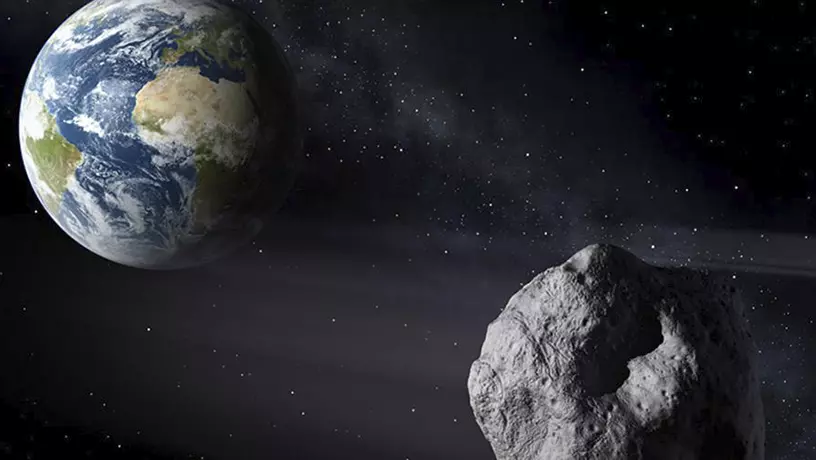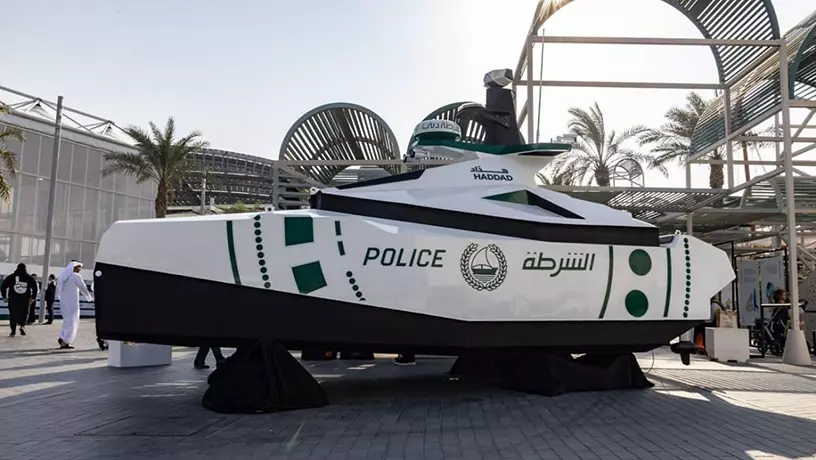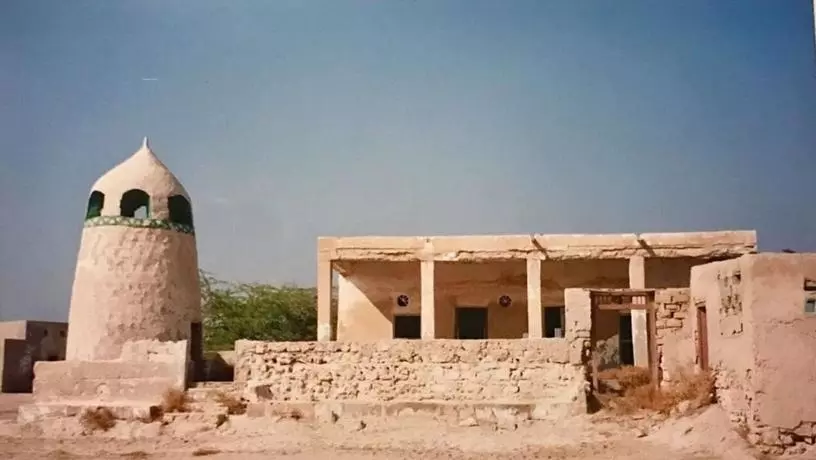
Al Thuraya Astronomy Centre celebrates International Asteroid Day
Al Thuraya Astronomy Centre in Mushrif Park will mark International Asteroid Day on 30 June 2023. Visitors to the event, organised by the Dubai Astronomical Society, will be able to view through telescopes the brightest celestial bodies in the asteroid belt between Mars and Jupiter.
Dubai residents and visitors will be able to attend an educational lecture on the formation of the solar system, the asteroid belt and the importance of astronomy in unravelling the mysteries of the universe. At the end of the event, visitors of Al Thuraya Astronomy Centre will be able to see Ceres, the brightest object in the main asteroid belt, and Pallas, the second brightest. Tickets, priced between Dh40 and Dh60, can be purchased from the Dubai Astronomy Group website.
International Asteroid Day is held annually on the anniversary of the fall of the Tunguska meteorite in Siberia. Asteroid Day is an information campaign aimed at highlighting asteroid hazards and possible methods to prevent asteroid collisions with the Earth.
As previously known, the United Arab Emirates Space Agency plans to launch the unmanned MBR Explorer interplanetary probe in March 2028 to the main asteroid belt, located between the orbits of Mars and Jupiter. The probe will fly over seven asteroids up to 150km away.
The main objectives of the mission are to assess the feasibility of mining raw materials from asteroids to support future long-duration manned missions, and to study the properties of main belt asteroids, including their origin, formation and evolution.
MBR Explorer will visit its first asteroid in 2030 and will land on the surface of the asteroid Justicia four years later. Its surface may contain organic molecules; organic matter is the building blocks of complex viable molecules.
Scientists are searching for water and organic matter throughout the solar system to better understand how life originated on Earth. There is speculation that Justicia formed closer to our planet and then migrated to its present position.
The rest of the mission includes overflights of the asteroids (10254) Westerwald, (623) Chimera, (13294) Rocox, and (88055) 2000 VA28, (23871) 1998 RC76 and (59980) 1999 SG6. Justicia and Chimaera are about 50 km in diameter, while the other asteroids are less than 10 km in diameter.
A high-resolution camera, infrared thermal imager, mid-wave spectrometer and infrared spectrometer will be used to study the geology, composition and structure of the asteroids.
NASA estimates that the belt consists of over 2 million asteroids of varying diameters, and the value of minerals in the main asteroid belt is around US$700 quintillion.
Source: The National
Follow our Telegram Chanel








